The table of content
Introduction: Why Retention Is More Than Just a “Nice-to-Have”
In today’s digital-first economy, customer acquisition often takes center stage. Companies pour millions into advertising campaigns, SEO, influencer partnerships, and referral programs—all in the pursuit of growth. And while attracting new clients is undoubtedly important, it’s often the quieter, less glamorous metric—customer retention—that truly defines a company’s long-term success.
This is especially true in the banking sector, where the stakes are uniquely high. Every new customer represents an upfront investment. There are the visible costs—like marketing and sales—and the hidden ones, such as regulatory onboarding, KYC procedures, data integration, and customer support. But that’s just the beginning. Banks don’t profit from customers at sign-up. Real value is created over time, through repeat transactions, cross-product usage, and deepening trust.
That’s why losing a customer isn’t just a lost opportunity—it’s a direct hit to the bottom line. And worse, it often triggers a chain reaction. One client quietly exits, then another follows, and soon the bank is scrambling to understand why KPIs are declining despite strong acquisition numbers.
Customer churn—when clients stop doing business with an institution—is one of the most serious and persistent threats to sustainable growth. It’s not loud, but it’s dangerous. In sectors like banking, telecom, and insurance, where customer relationships span years and loyalty can make or break profitability, churn becomes a silent killer.
What makes churn particularly challenging is its unpredictability. Clients don’t always announce their intentions. Some reduce activity gradually; others disappear overnight. Many don’t respond to generic re-engagement efforts, and by the time someone notices a decline in usage or balance, it’s often too late.
But what if you didn’t have to wait for customers to walk out the door? What if you could predict who was likely to leave—and intervene before they made up their minds?
That’s the promise of predictive analytics. By harnessing data—behavioral signals, transaction patterns, customer demographics—businesses can anticipate churn, tailor their outreach, and act strategically. This isn’t just theory. It’s already happening.
In this article, we explore a powerful real-world case study from the banking industry, where a team used predictive modeling to reduce churn by a staggering 71%—while achieving a return on investment of over 1500%. We’ll break down how they did it, why the traditional one-size-fits-all approach to retention no longer works, and what a forward-thinking, data-driven strategy really looks like in practice.
Whether you're in banking, SaaS, e-commerce, or any sector where customer loyalty fuels revenue, the lessons from this case go far beyond the numbers. They reveal a fundamental shift: from reactive customer service to proactive customer success. From broad assumptions to precision targeting. From intuition to insight.
Welcome to the future of retention.
The Problem: Customers Leave Quietly — and It Hurts More Than You Think
One of the biggest challenges banks and many other businesses face is this: customers don’t always say goodbye. They just… disappear.
They might stop using their account. Or make fewer transactions. Or stop opening emails and ignore mobile app notifications. Sometimes they quietly move their money to another bank. And by the time anyone notices, they’re long gone.
Most customer retention efforts today rely on guesswork. Companies look at broad trends or old data and hope it’s still relevant. For example, they might assume that young people are more likely to leave, so they target that group with discounts or offers. Or they might wait until someone hasn’t used their account for three months, then send a generic email to try and win them back.
The problem? These tactics are far too general.
Not all young people are thinking about leaving. And not everyone who’s been quiet for a while is actually unhappy. On the flip side, the customers who are getting ready to leave often don’t fit a neat pattern. They might even seem engaged on the surface—but behind the scenes, they’re losing interest, exploring other options, or simply not feeling connected.
When businesses treat everyone the same, they end up wasting time and money. They chase after loyal customers who were never planning to leave, while ignoring the subtle warning signs from the ones who actually need attention.
For banks, the cost of getting it wrong is high. Losing a customer doesn’t just mean losing the money they bring in today. It means losing future profits too—years of transactions, service fees, cross-sells, and referrals. And since bringing in a new customer is often five to seven times more expensive than keeping an existing one, every lost client hits hard.
Even worse, when a customer quietly leaves without ever being asked why, the business loses more than revenue. It loses a chance to learn, to fix a problem, to build trust. Over time, this silent churn can snowball—causing deeper damage than most people realize.
So, the real problem isn’t just that customers leave. It’s that companies don’t always know who is about to leave or why—and that makes it nearly impossible to stop the loss in time.
But as we’ll see next, there’s a better way.
The Solution: Predict Who Will Leave — and Step In Before It Happens
So how do you stop customers from leaving without guessing or waiting until it’s too late?
The answer is simple: you predict it before it happens.
That’s exactly what this bank decided to do. Instead of relying on old habits or gut feelings, they turned to data—and built a smart system that could actually forecast which customers were likely to leave.
This approach is called predictive modeling. It works kind of like a weather forecast, but for customer behavior. The model looks at each customer’s data and gives a score—a number that says, “Hey, this person has a high (or low) chance of leaving soon.”
But how does the system know who’s likely to leave?
It looks at many signals, such as:
- What kind of account the person has
- How often they make transactions
- Where and how they interact with the bank (mobile app, online, in person)
- Whether their activity is slowing down
- Changes in behavior over time (like suddenly not using the account or logging in less often)
The beauty of this model is that it doesn’t just rely on surface-level data. It goes deep, combining all these factors to understand the full picture of what’s going on behind the scenes.
And the best part? It worked really well.
The model proved to be highly accurate. It could predict short-term churn (within a few weeks) with a Gini score of 0.75, and longer-term churn (within three months) with a score of 0.68. If those numbers don’t mean much to you, don’t worry. Just know this: in the world of predictive analytics, those scores are very good.
Even more impressive was the model’s AUROC score of 0.87. That’s a fancy way of saying it could correctly tell the difference between customers who would stay and those who were at risk—almost nine times out of ten. For any business, that’s incredibly valuable.
Thanks to this accuracy, the bank no longer had to rely on guesswork. They could finally act with confidence. Instead of sending the same message to every customer, they could focus on the ones who truly needed attention—before they made the decision to leave.
In the next section, we’ll see how this strategy played out in real life—and how it turned precision into powerful results.
Risk-Based Segmentation: Why Focused Action Works Better Than Guesswork
Once the model predicted how likely each customer was to leave, the next smart move was to organize those customers into groups based on their level of risk. This step is called segmentation, and it’s what turns data into real action.
Here’s how it worked.
Customers who had the highest scores—meaning they were very likely to leave—were placed in a high-risk group. This top group, with a 90% to 100% chance of churning, included over a third of all the customers who actually ended up leaving. The best part? The model was almost spot-on, with only about a 1% margin of error.
The team also looked at a wider group: customers with a 60% to 100% chance of leaving. This larger segment captured nearly two-thirds of all real churners, with only an 8% error. That’s a pretty tight prediction window, which made it possible to act fast and smart.
And here’s why this matters.
In traditional campaigns, companies often blast out the same messages to everyone. “Don’t leave us!” emails. One-size-fits-all discounts. Loyalty bonuses for people who aren’t even thinking of going anywhere.
But with this approach, the bank didn’t have to guess. They knew exactly who to focus on—the people who were at the greatest risk of leaving soon.
This meant they could:
- Reach out early and personally
- Send the right message at the right time
- Offer tailored incentives based on real need
- Avoid bothering loyal customers with irrelevant offers
Instead of treating everyone the same, they gave attention only to those who needed it—and let their most loyal clients enjoy peace and quiet.
This level of precision paid off. Not only did it save the company time and money, but it also helped keep high-risk customers engaged while protecting the brand’s image and customer experience.
In short, it wasn’t about doing more. It was about doing the right things for the right people—and that made all the difference.
The Business Results: Less Churn, More Profit, and Stronger Loyalty
The impact of this strategy was not just impressive—it was game-changing.
By using predictive analytics to guide their retention efforts, the bank reduced customer churn by 71% compared to their old, traditional approach. That’s not a small improvement—it’s a massive shift in outcomes. In real terms, it meant far fewer customers walking away and far more staying loyal to the brand. And because the outreach was personalized and timely, it didn’t just stop people from leaving—it actually strengthened relationships.
But the headline number that really made people sit up? The return on investment.
This campaign brought in an ROI of over 1500%. That means for every single dollar the bank spent on data, analytics, and targeted communication, it got $15 back. And that’s just the immediate return.
If you zoom out and consider the long-term value of those saved customers—how they continue using services, grow their accounts, refer friends, and maybe even open new financial products—the true return is likely much higher. Loyal customers tend to spend more, stay longer, and trust the brand more deeply. That’s the kind of value that compounds over time.
But this project didn’t just drive revenue. It also changed the way the business operated.
Marketing teams no longer had to create mass campaigns and cross their fingers. Customer service reps could prioritize clients who really needed help. Data analysts were no longer stuck building reports that no one used—they were central to strategy. Different departments started working together with a shared goal: keep the right customers happy, and do it smartly.
Most importantly, this shift moved the company from a reactive mindset to a proactive one. Instead of scrambling to win back unhappy customers after the damage was done, they were now anticipating risk, reaching out in time, and solving issues before they escalated.
That’s not just smarter. It’s a better experience for everyone—from the business to the people it serves.
A Look at What This Means in Practice
To truly understand how powerful this approach can be, let’s walk through a real-life scenario.
Imagine a customer named Elena.
She’s a working professional with her salary deposited directly into her bank account each month. She regularly uses the bank’s mobile app to pay bills, transfer money, and check her balance. Everything looks stable. From the outside, Elena seems like a loyal, satisfied customer.
But then something changes.
Over a two-month period, her activity quietly drops. She stops logging into the app. Fewer transactions show up. Her paycheck now lands in a different bank account. From a human point of view, these changes might not raise any red flags—after all, people’s habits shift all the time. In a large customer base, one person’s silence is easy to overlook.
But the predictive model noticed something important.
Based on Elena’s sudden drop in usage, change in payment behavior, and overall activity pattern, the system flagged her as high risk for churn. She was showing signs that people often show just before they leave. And thanks to this alert, the bank didn’t wait to react after she closed her account—they acted before that happened.
The system automatically triggered a personalized retention campaign just for her. Elena received an offer for free ATM withdrawals in a different region—the exact place she had recently moved to. That small, targeted benefit made a big difference. It showed her that the bank understood her situation and cared enough to make things easier.
Because of that timely, relevant gesture, she stayed.
Without the predictive model, Elena’s shift might have gone completely unnoticed until it was too late. There would have been no outreach, no offer, no opportunity to reconnect. She likely would have closed her account quietly, like so many others do, and moved on—taking her loyalty and long-term value with her.
This is the power of prediction in action. It turns silent signals into smart decisions. It gives businesses the chance to step in while it still matters.
The Bigger Picture: Why Data Beats Guesswork Every Time
What this case study really highlights is a shift in how smart businesses now think about customer retention.
In the past, retention often meant trying to win people back after they had already left—or were halfway out the door. But by that point, it was usually too late. The relationship had already cooled. The trust had already faded. And the chance to change their mind was gone.
Now, things are different.
With modern tools like predictive analytics, businesses don’t have to play catch-up anymore. They can spot the warning signs early and take action before customers decide to leave. This is the difference between being reactive and being proactive—and it changes everything.
Instead of blasting the same generic message to everyone, companies can now focus their communication on the right people at the right time. That means fewer wasted emails, fewer irrelevant offers, and more genuine connections.
Budgets also stretch further. Instead of spending money across the entire customer base with no clear plan, businesses can put their resources where they matter most—on the people who are truly at risk.
The customer experience improves, too. When people feel like a company actually understands their needs, they’re more likely to stay. They’re more likely to listen. And they’re more likely to recommend the brand to others. It’s not just about retention anymore—it’s about building real loyalty.
And here’s the best part: this isn’t a gimmick or a trend. It’s not “data for the sake of data.” It’s not magic.
It’s math and strategy—used the right way, at the right time.
It’s the future of customer care, and the companies that embrace it will be the ones who not only survive, but thrive.
Conclusion: Long-Term Loyalty Begins with Smart Precision
At its core, this story is about more than just one successful campaign. It’s a sign of something bigger—a shift in how modern businesses think about loyalty, customer care, and growth.
In a world where people have more options than ever, keeping your customers has become just as important as attracting new ones—if not more. And to do that, businesses need more than good intentions or broad assumptions. They need real insight. They need strategy. They need data.
This case study proves that when companies use predictive tools to identify which customers are at risk of leaving, and respond with the right actions at the right time, the results are huge. We’re not just talking about minor improvements. We're talking about 71% less churn and an ROI of over 1500%. That’s not hype. That’s hard evidence that precision works.
But here's the thing: this kind of success isn’t just for big banks or tech giants. Any company—big or small—can adopt a smarter, data-driven approach. The tools are out there. The knowledge exists. What’s needed now is a mindset shift: to stop guessing, and start predicting.
If your company is still relying on outdated retention tactics or one-size-fits-all messaging, it’s time to rethink the playbook. Predictive modeling doesn’t just give you forecasts. It gives you powerful opportunities to act—before it’s too late.
So if you truly want to protect your revenue, grow stronger relationships, and stay ahead of the competition, don’t wait for your customers to leave.
Start listening to the signals. Start acting with precision. And start winning—one loyal customer at a time.








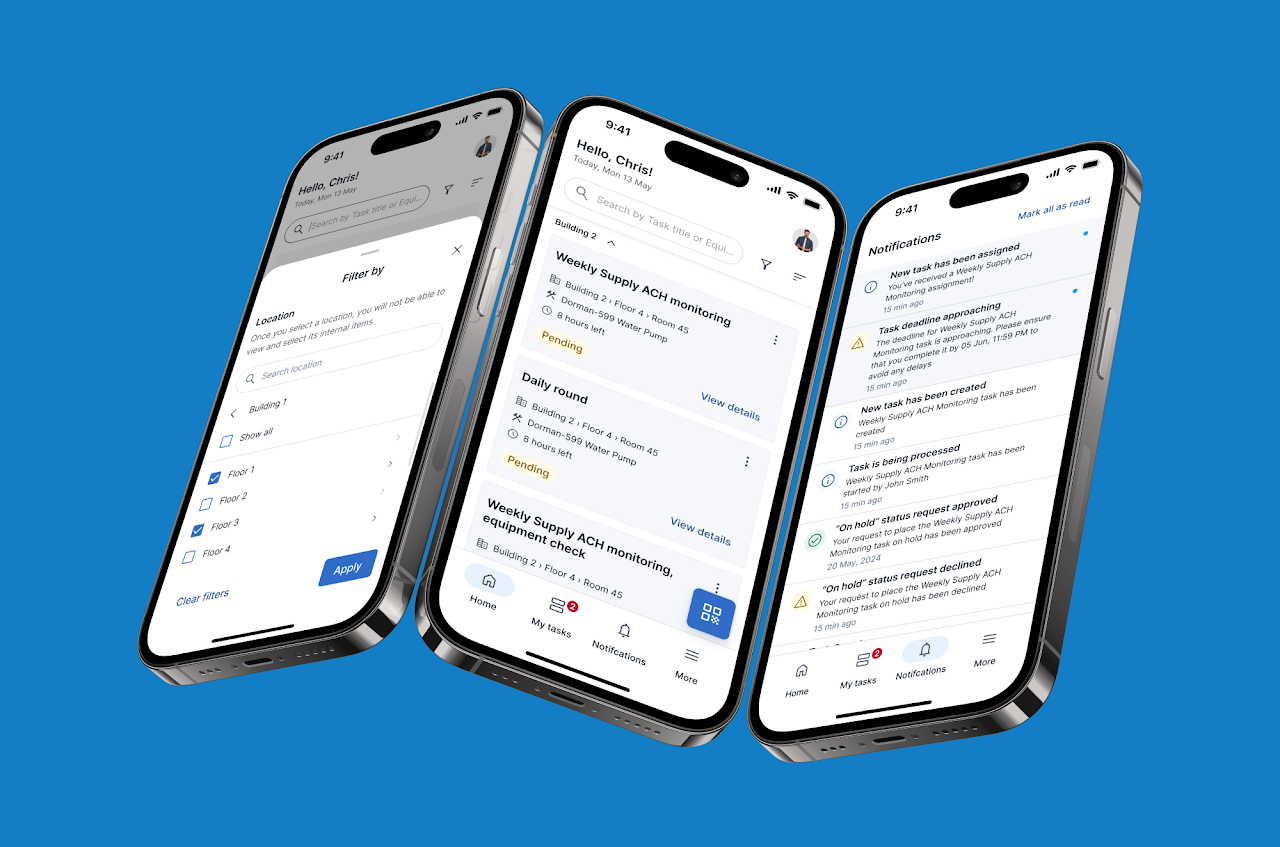
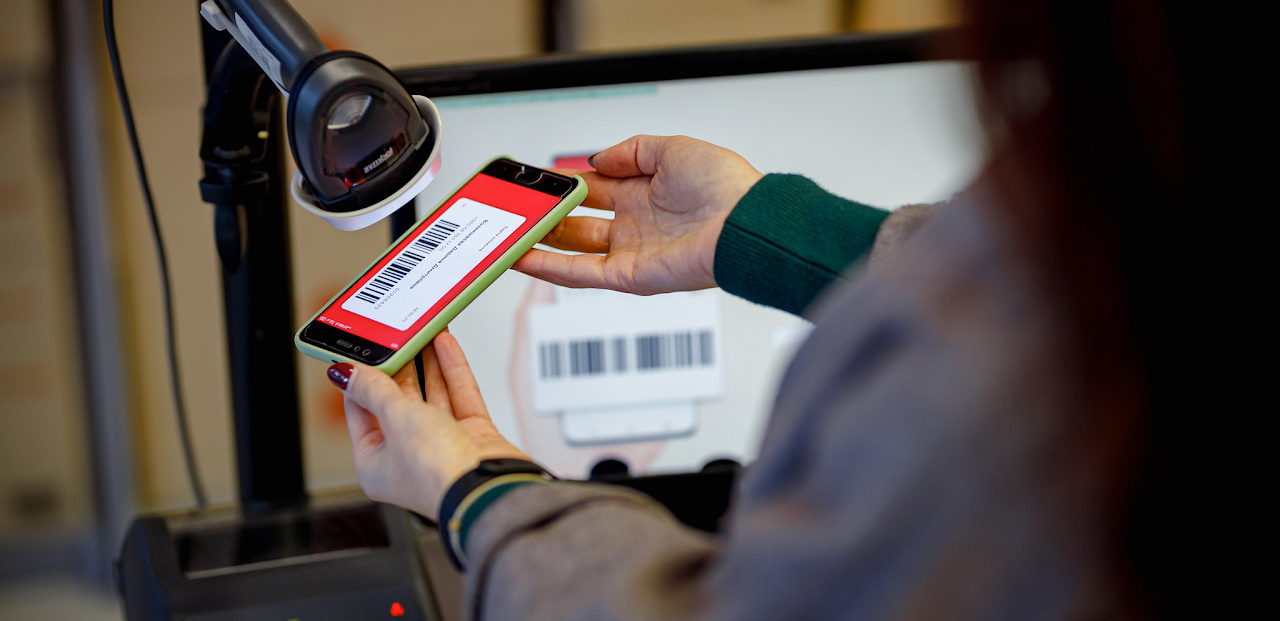
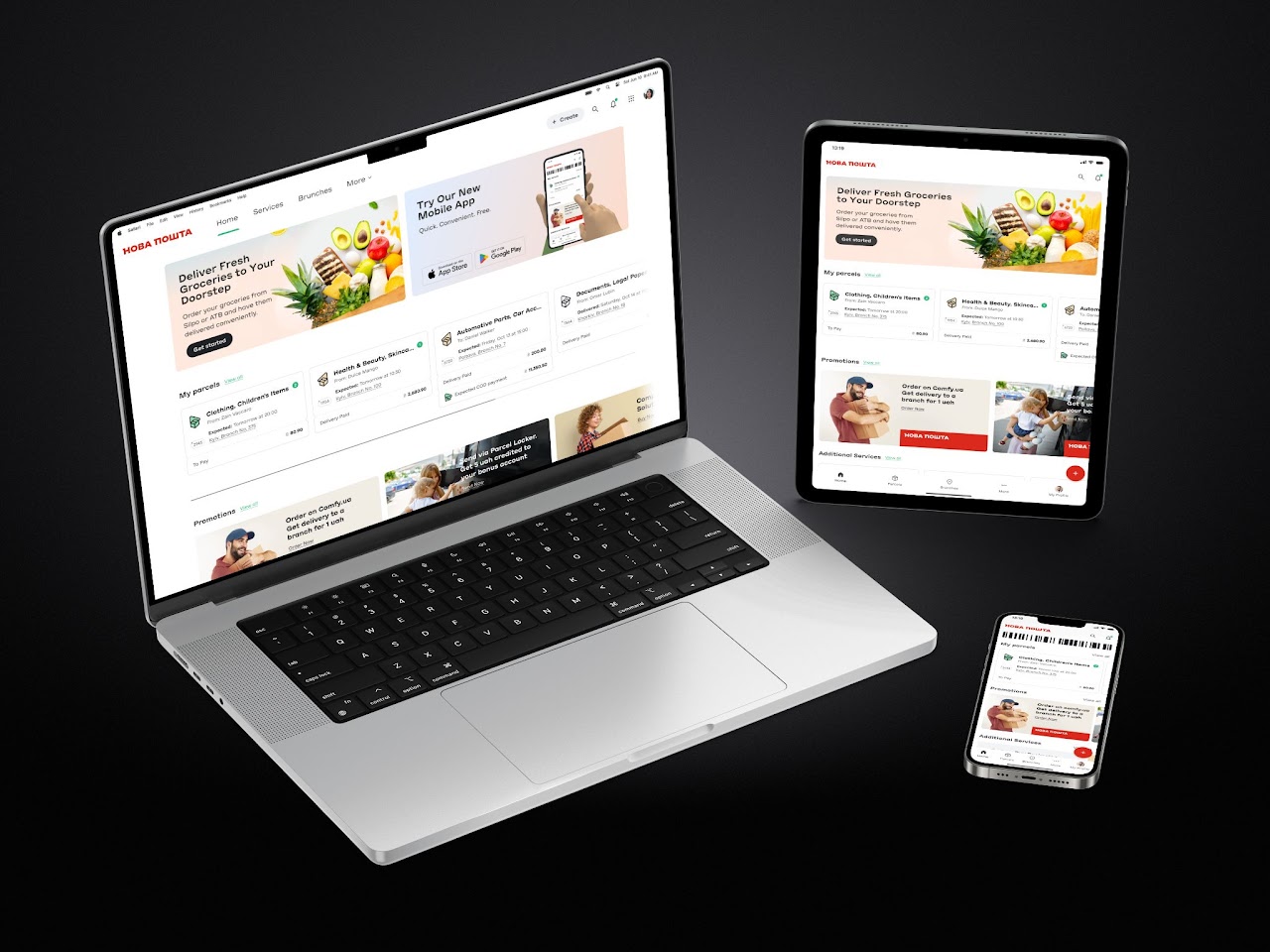




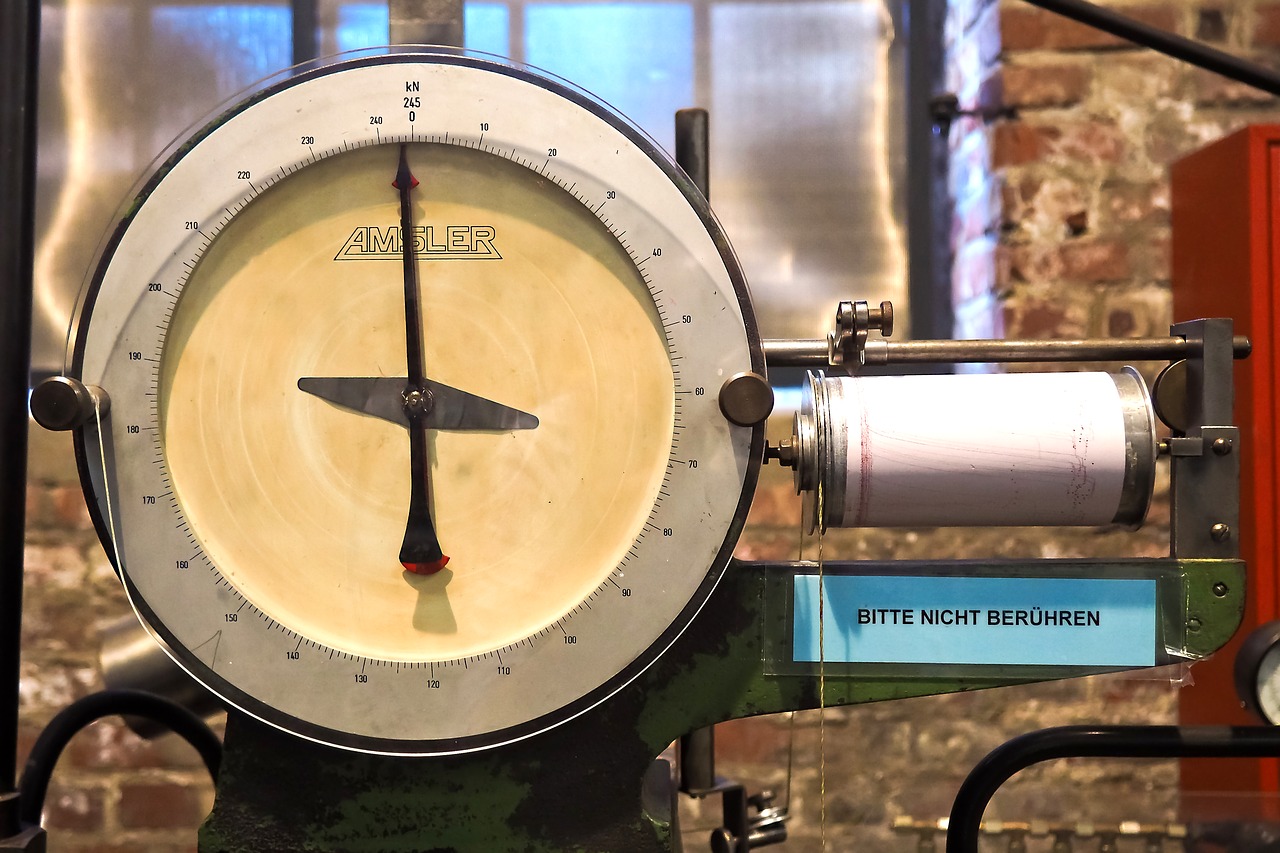

.avif)


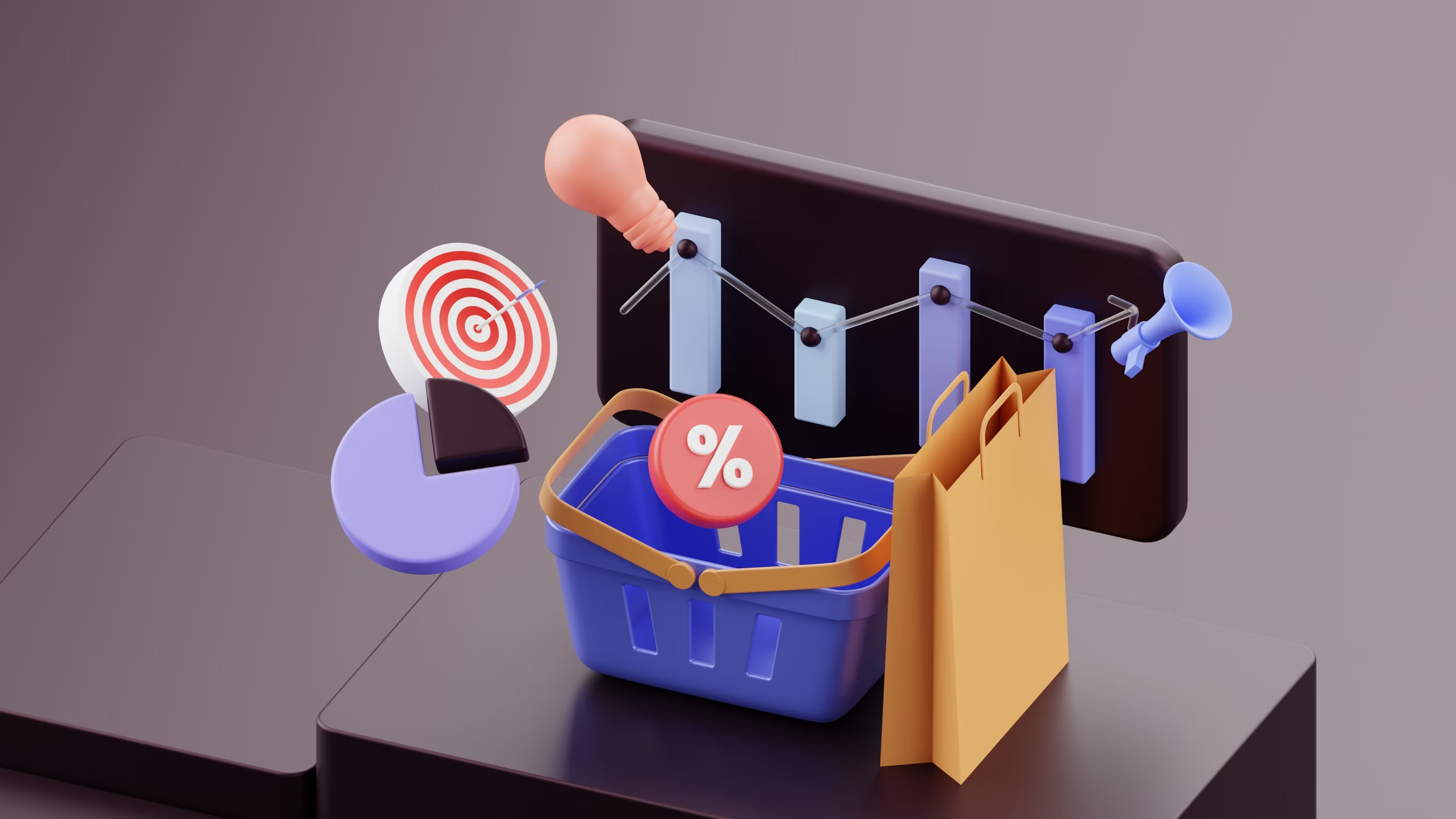

















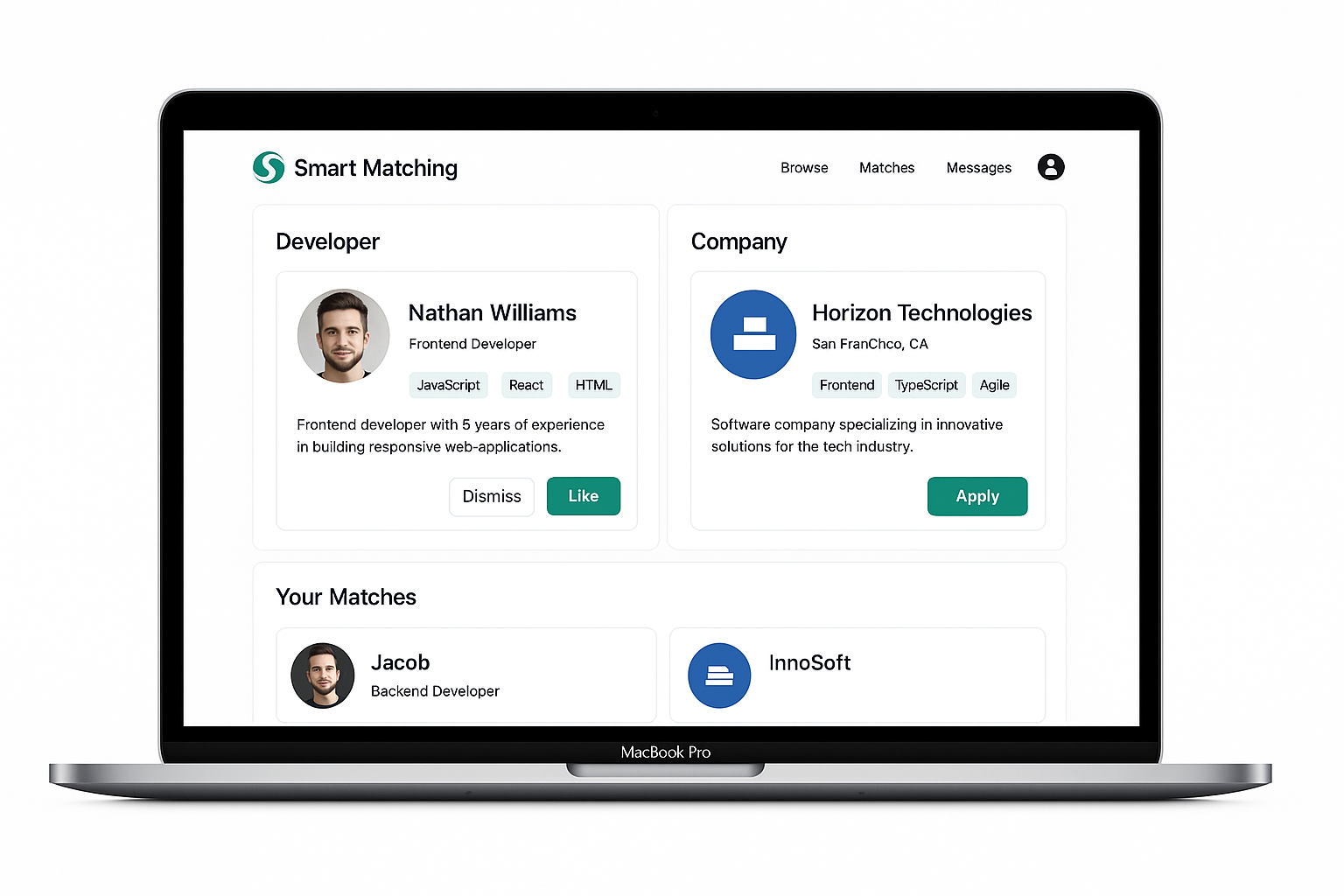

















.png)
.png)
